Growing peppers indoors is a great way to enjoy fresh, flavourful peppers all year round. Not only is it a fun hobby, but it can also be a rewarding and cost-effective way to produce your own delicious peppers.
Peppers are warm-weather plants that thrive in sunny, humid conditions. This means that growing peppers indoors can be a bit tricky, but with the right equipment, knowledge, and care, it can be done successfully.
In this article, we will cover everything you need to know about growing peppers indoors, including the best varieties to grow, the equipment and materials you will need, how to care for your plants, and how to harvest and use your peppers.
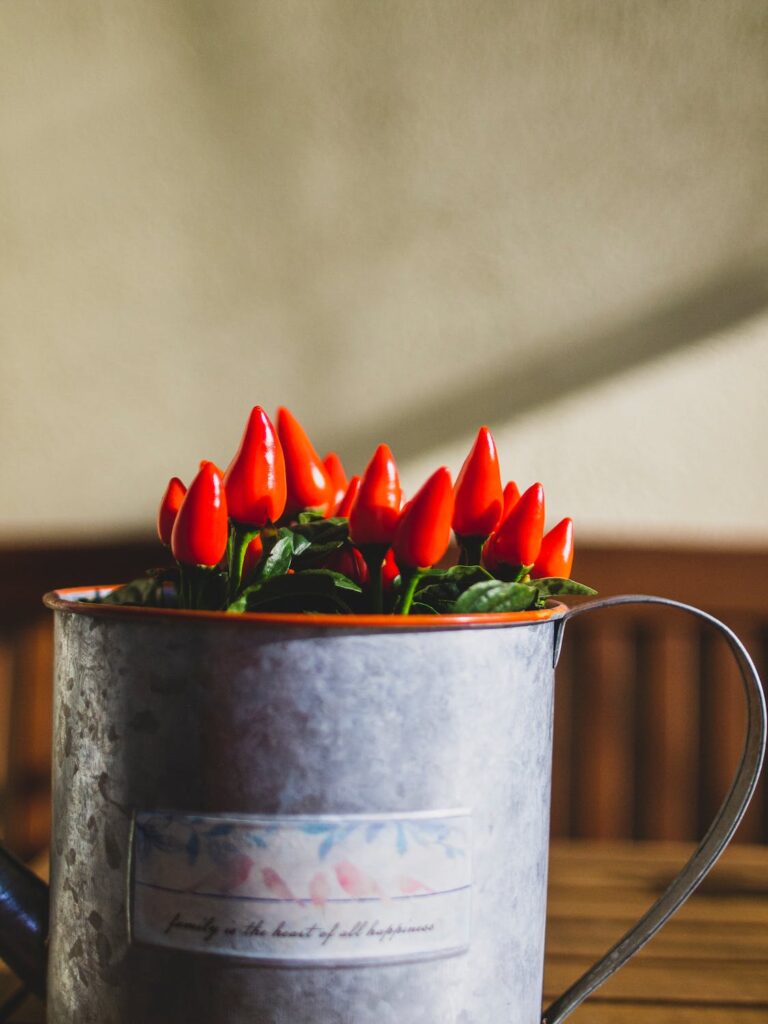
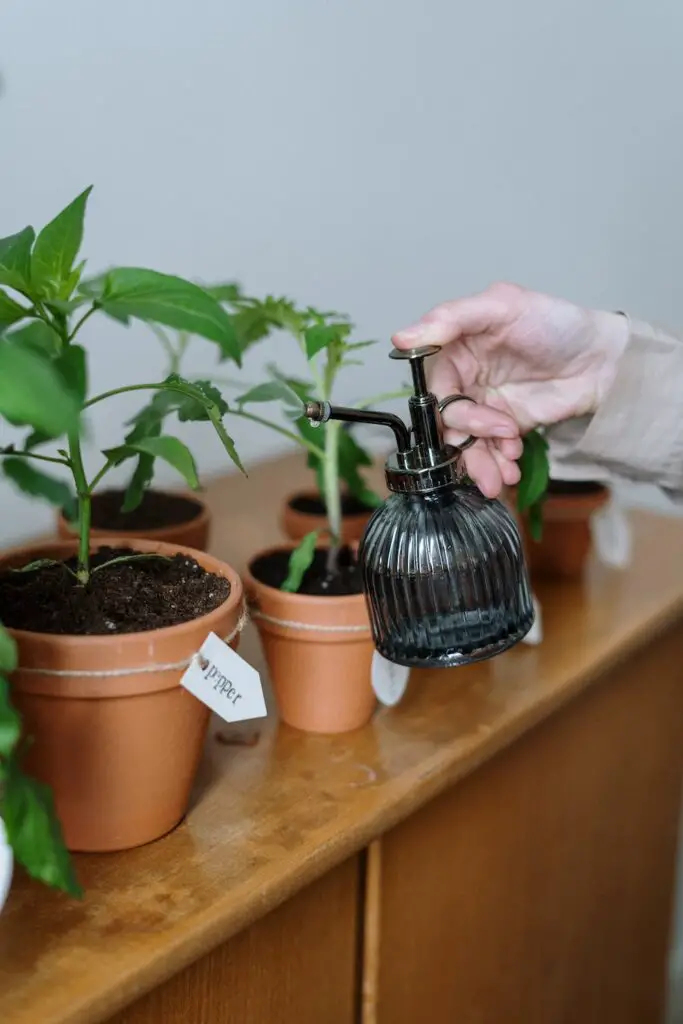
Table of Contents
Varieties of Peppers to Grow Indoors
When it comes to growing peppers indoors, you want to choose varieties that are well-suited to indoor growing conditions. Some of the best varieties of peppers to grow indoors include:
- Jalapeno: Jalapeno peppers are a popular choice for indoor growing because they are relatively easy to care for and produce well in containers. They are also a versatile pepper that can be used in a variety of dishes, from salsas to salads to marinades.
- Thai Chili: Thai chili peppers are another great choice for indoor growing. They are small, spicy, and flavourful, and can be used in a variety of Asian dishes.
- Banana Pepper: Banana peppers are a sweet and mild pepper that is great for pickling or adding to salads. They are also a popular choice for stuffing and roasting.
- Habanero: Habanero peppers are one of the hottest peppers around, but they are also extremely flavourful. They require a bit more care and attention than other varieties, but they are worth it if you can handle the heat.
- Bell Pepper: Bell peppers come in a variety of colours and are a great choice for salads, stir-fries, and other dishes. They are relatively easy to care for and produce well in containers.

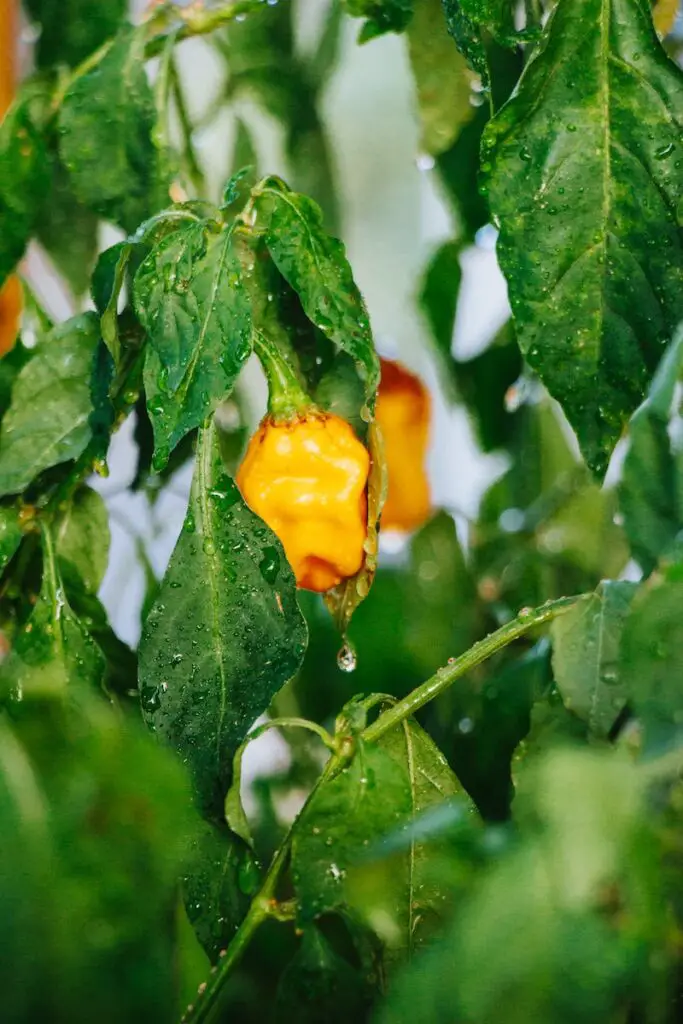
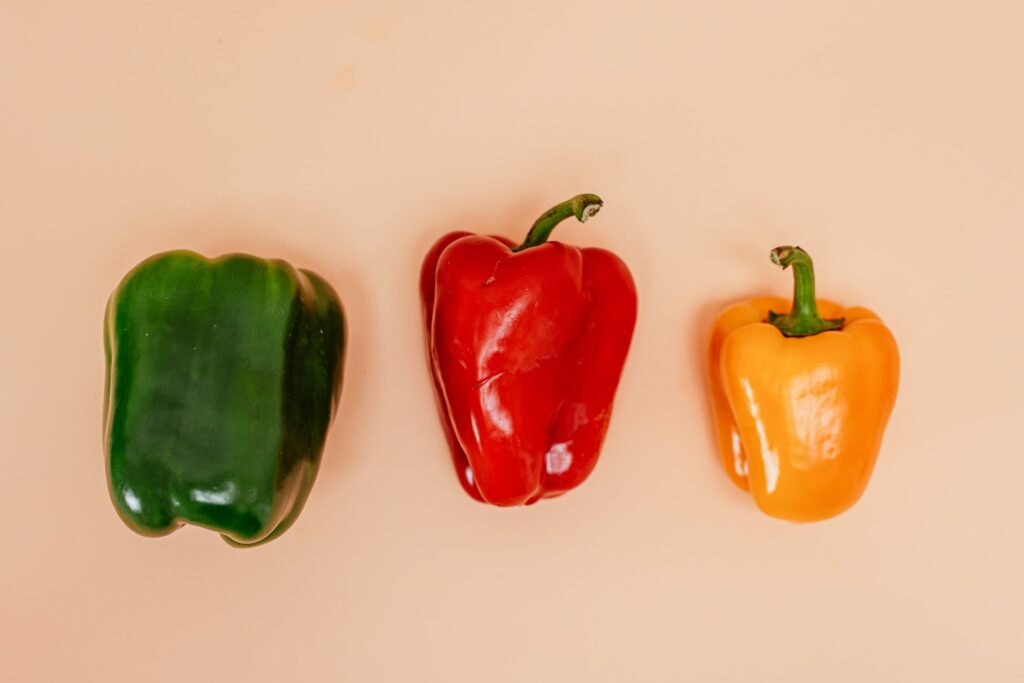

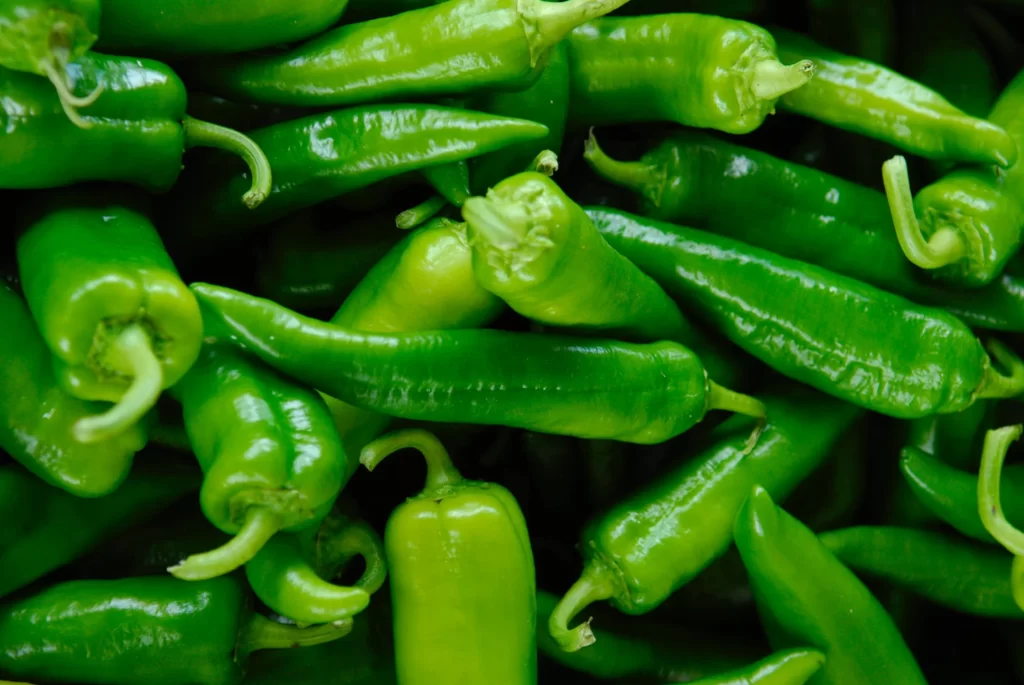
Equipment and Materials Needed for Indoor Pepper Growing
To grow peppers indoors, you will need a few key pieces of equipment and materials. These include:
- Grow Lights: Since peppers require a lot of sunlight to grow, you will need to provide them with artificial light. LED grow lights are a great option for indoor growing because they are energy-efficient and can be customized to provide the right spectrum of light for your plants.
- Planters: You will need a container or planter to grow your peppers in. Look for containers that are at least 12 inches deep (30 centimetres) and 12 inches (30 centimetres) wide to give your plants plenty of room to grow.
- Soil: Peppers require well-draining soil that is rich in nutrients. You can use a commercial potting mix or make your own using a combination of peat moss, perlite, and vermiculite.
- Fertiliser: Peppers require regular fertilisation to grow well. You can use a commercial fertiliser or make your own using a combination of compost and organic matter.
- Watering Can: You will need a watering can or hose to water your plants. Be sure to water your peppers regularly, but don’t overwater them, as this can lead to root rot.
How to Care for Your Indoor Pepper Plants
Now that you have your equipment and materials, it’s time to start growing your peppers. Here are some tips for caring for your indoor pepper plants:
- Provide Plenty of Light: Peppers require at least 12 hours of sunlight per day to grow well. If you are using grow lights, be sure to position them close to your plants and adjust the height as your plants grow.
- Maintain the Right Temperature and Humidity: Peppers prefer warm, humid conditions. Keep your indoor growing area at a temperature between 70-80°F (21-27°C) during the day and between 60-70°F (15-21°C) at night. You can also use a humidifier to keep the air around your plants moist.
- Water Regularly: Peppers require regular watering, but be careful not to overwater them. Allow the top few inches (centimetres) of soil to dry out before watering again. When you do water, be sure to water deeply to encourage deep root growth.
- Fertilise Your Plants: Peppers require regular fertilisation to grow well. You can use a commercial fertiliser or make your own using a combination of compost and organic matter. Fertilise your plants every two weeks during the growing season.
- Prune Your Plants: As your pepper plants grow, they will produce suckers, or small shoots that grow from the main stem. Pinch these off to encourage bushier growth and better pepper production.
- Control Pests and Diseases: Indoor pepper plants are susceptible to pests and diseases just like outdoor plants. Keep an eye out for common problems like aphids, spider mites, and powdery mildew. You can use insecticidal soap or neem oil to control pests, and a fungicide to prevent and control diseases.
Harvesting and Using Your Peppers
Once your pepper plants start producing fruit, it’s time to harvest them. Most peppers will turn from green to their ripe colour (such as red, yellow, or orange) when they are ready to be harvested. Use a sharp knife or scissors to cut the peppers from the plant, taking care not to damage the stem or the plant itself.
You can use your fresh peppers in a variety of dishes, from stir-fries to soups to sauces. You can also preserve your peppers by pickling them, drying them, or freezing them. Here are some tips for preserving your peppers:
- Pickling: Pickling is a great way to preserve your peppers and add flavour to them. Simply cut your peppers into the desired size, place them in a sterilised jar, and cover them with a mixture of vinegar, water, salt, and sugar.
- Drying: Drying your peppers is another great way to preserve them. You can hang them in a warm, dry place until they are fully dried, or use a dehydrator to speed up the process.
- Freezing: Freezing your peppers is a quick and easy way to preserve them. Simply clean and chop your peppers, and then freeze them in a single layer on a baking sheet. Once they are frozen, transfer them to a freezer-safe container and store them in the freezer until you are ready to use them.
In conclusion, growing peppers indoors can be a fun and rewarding hobby that allows you to enjoy fresh, flavourful peppers all year round. By choosing the right varieties, providing the right equipment and materials, and giving your plants the right care and attention, you can produce healthy, productive plants that will provide you with a bountiful harvest of delicious peppers.
